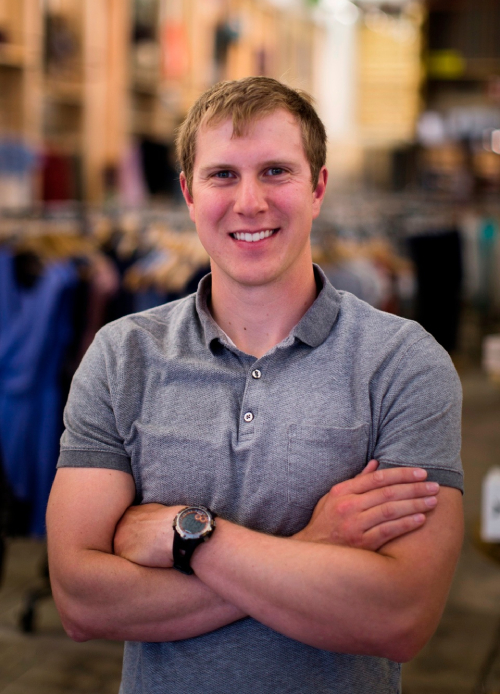Knee injuries are common in the sport of skiing. According to the American Physical Therapy Association, approximately 30% of all skiing injuries involve the knee. One of the most significant knee injuries typically seen is when the anterior cruciate ligament (ACL) is torn. A full tear of the ACL does not heal on its own, as there is no blood supply to this structure that can facilitate healing. The ACL provides stability to the knee joint by connecting the femur (thigh bone) to the tibia (shin bone) and guarding against shearing forces when the tibia moves forward in relation to the femur. Without the ACL, high-level activities like skiing become difficult. Surgical reconstruction of the ACL is often indicated for active individuals. Maybe this has happened to you and now you’re waiting on surgery. Maybe you have already had your procedure. Is your skiing career over forever? Let’s talk about this and discover how proper rehabilitation can get you back on the slopes after surgery.
The initial stages after surgery are typically where you simply get used to moving your knee properly. Post-surgically, there is a lot of swelling built up around the knee and your surgeon may have you in a knee brace and/or using crutches for a period of time. This is where we focus on getting as much swelling as possible out of the knee. Gentle range of motion exercises will be introduced to keep the knee moving and reduce stiffness. It is also important to focus on normal walking patterns during this time period to avoid the development of bad habits!
The next stages incorporate light strength training. The primary goal will be to reintroduce activity to the quad muscle on the front of the thigh. These exercises will be important, as the quad is generally very weak after surgery. Other exercises to strengthen the muscles around the knees and hips will also be utilized. Your therapist will gradually increase the intensity of the exercises as you are able to handle it. Throughout this whole process, you will also receive a lot of hands-on treatment to improve tissue flexibility in your knee. This will be reinforced with more aggressive stretches that you will be working on at home.
Now it’s a couple of months into your rehab. The ACL graft has healed pretty well and you’ve made your legs quite a bit stronger. We start moving into some higher-level exercises to work on knee stability. At this point, rehab can become highly variable dependent upon individual progress and individual needs. This may involve isolating the surgical leg in activities in a one-legged stance. More and more challenges to balance will be presented to build more strength and train your nervous system to respond properly. From this point, we start to add more weight to exercises. Even some jumping and cutting might be necessary. This all depends on what you need to get back to your lifestyle because that’s what rehab is all about…your life and the activities that mean the most to you.
These later stages of rehab are the critical point for thinking about a return to skiing. Your knee’s dynamic ability to respond to weight shifting and turning is what will determine readiness for hitting those steps. If you and your therapist agree that it is safe to give it a try, you must do exactly that first…try. Go for the easier runs and assess how your knee responds to a day on the snow. If you don’t feel comfortable and don’t feel stable, that’s a sign that you aren’t quite ready. And that’s ok. With more time and more training, you are likely to get there. Just because you’ve experienced the “dreaded” ACL injury doesn’t mean your skiing career has to be over. Time, dedication, and help from a knowledgeable rehab specialist will prepare you for what’s ahead.
Keep an eye out for my next blog post which will cover ways to prepare your knees for skiing and help to decrease the risk of injury. If you are unsure about anything you read in this post and want more info, email me at [email protected] or reach out on Backcountry Physical Therapy’s social media pages. Be sure to check back on the website for more blog posts and follow us on social media for helpful tips to keep yourself pain-free!


